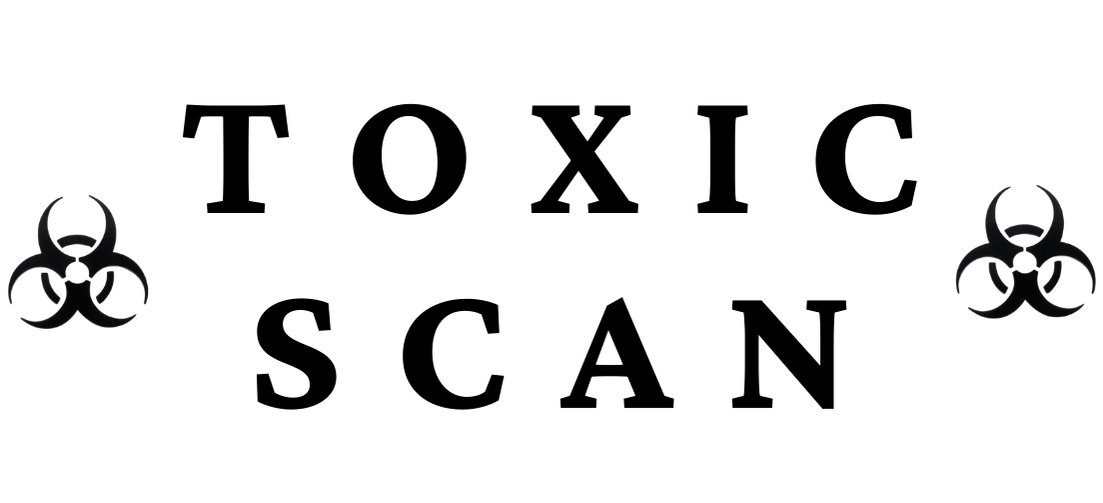E952: Cyclamate
E952: Cyclamate
What is E952 (Cyclamate)?
Cyclamate (E952) is an artificial sweetener approximately 30-50 times sweeter than sucrose (table sugar). It belongs to the family of non-nutritive sweeteners, providing sweetness without calories. Chemically, cyclamate is the sodium or calcium salt of cyclamic acid (cyclohexylsulfamic acid). This sweetener is notable for being one of the most controversial food additives, having been banned in several countries, including the United States, while remaining legal in others.
Source and Production
Cyclamate is entirely synthetic in nature:
- Chemical synthesis: Produced through a chemical process involving cyclohexylamine 2. Production process:
- Reaction of cyclohexylamine with chlorosulfonic acid
- Neutralization with sodium hydroxide or calcium hydroxide
- Purification and crystallization 3. Commercial forms:
- Sodium cyclamate (most common form)
- Calcium cyclamate
- Cyclamic acid
The production is fully industrial and does not involve natural extraction or fermentation.
Common Uses in Food
Where permitted, E952 is used in a variety of food products, including:
- Diet soft drinks and beverages
- Low-calorie foods
- Tabletop sweeteners
- Diabetic food products
- Sugar-free confectionery
- Jams and preserves
- Desserts and puddings
- Yogurts and dairy products
- Pharmaceuticals (to mask bitter tastes)
- Toothpaste and mouthwash
Functional Properties in Food
Cyclamate offers several functional properties in food applications:
- Sweetening power: 30-50 times sweeter than sugar
- Synergistic effects: Often blended with other sweeteners like saccharin
- Heat stability: Withstands cooking and baking processes
- pH stability: Maintains sweetness across a wide pH range
- Long shelf life: Stable during extended storage
- Taste profile: Less bitter aftertaste than some other artificial sweeteners
- Water solubility: Highly soluble in water
Health and Safety
Safety Assessment and Controversy
Cyclamate has a controversial safety history:
- 1969 Ban in the US: Banned by the FDA based on studies suggesting possible carcinogenicity
- Reevaluation: Subsequent studies questioned the initial findings
- Divided regulatory opinions: Different conclusions by various national authorities
- JECFA evaluation: The Joint FAO/WHO Expert Committee on Food Additives established an ADI of 0-11 mg/kg body weight
- European assessment: EFSA established a lower ADI of 7 mg/kg body weight
Safety Concerns
Several health concerns have been associated with cyclamate:
- Carcinogenicity: Early animal studies suggested cancer risk, though later studies have questioned these findings
- Cyclohexylamine conversion: Some individuals' gut bacteria can convert cyclamate to cyclohexylamine, which has raised toxicological concerns
- Reproductive effects: Animal studies showed potential testicular atrophy at high doses
- Individual variability: Significant differences in metabolism between individuals
- Long-term consumption: Limited data on very long-term consumption effects
Regulatory Status
The regulatory status of E952 varies dramatically by country:
- European Union: Approved as E952 with specific maximum levels
- United States: Banned since 1969, petitions for reapproval have been unsuccessful
- Canada: Banned for general food use
- Australia/New Zealand: Approved with restrictions
- Japan: Permitted with limitations
- China: Widely permitted
- South America: Permitted in most countries
This split regulatory status reflects the ongoing scientific debate about cyclamate's safety.
Consumer Information
Consumers may find cyclamate on labels under various names:
- E952
- Sodium cyclamate
- Calcium cyclamate
- Cyclamic acid
- Cyclohexylsulfamic acid
- Sucaryl (brand name)
Metabolism and Health Effects
When consumed, cyclamate undergoes variable processing in the body:
- Conversion rate variability: Between 0-85% of people (depending on the study) have gut bacteria that can convert cyclamate to cyclohexylamine
- Absorption: Unconverted cyclamate is poorly absorbed
- Excretion: Primarily excreted unchanged in urine
- Individual differences: Significant variation in metabolism between individuals
- Adaptation: Evidence suggests the conversion rate may increase with regular consumption
Blending with Other Sweeteners
Due to its taste profile, cyclamate is frequently used in combination with other sweeteners:
- Cyclamate-saccharin blends: Common ratio of 10:1 creates synergistic sweetness
- Multiple sweetener systems: Sometimes combined with aspartame, acesulfame K, or other sweeteners
- Sweetness modulation: Used to modify the taste profile of other high-intensity sweeteners
Alternatives to E952
For those looking to avoid cyclamate, alternative sweeteners include:
-
Natural high-intensity sweeteners:
- Stevia (E960)
- Monk fruit extract
- Thaumatin (E957)
-
Other artificial sweeteners:
- Aspartame (E951)
- Sucralose (E955)
- Acesulfame K (E950)
- Saccharin (E954)
-
Nutritive sweeteners:
- Sugar alcohols like erythritol (E968) and xylitol (E967)
- Regular sugar for those without dietary restrictions
Conclusion
E952 (Cyclamate) remains one of the most controversial food additives, with a complex history of safety assessments and dramatically different regulatory status around the world. Its high toxicity rating of 4 reflects the serious concerns that have been raised, particularly regarding potential carcinogenicity and reproductive effects in animal studies, though human evidence remains limited and contested. The significant individual variability in metabolism adds another layer of complexity to safety assessments. For consumers, awareness of the divided regulatory opinions and availability of numerous alternative sweeteners allows for informed choices based on personal risk assessment and geographic location.
